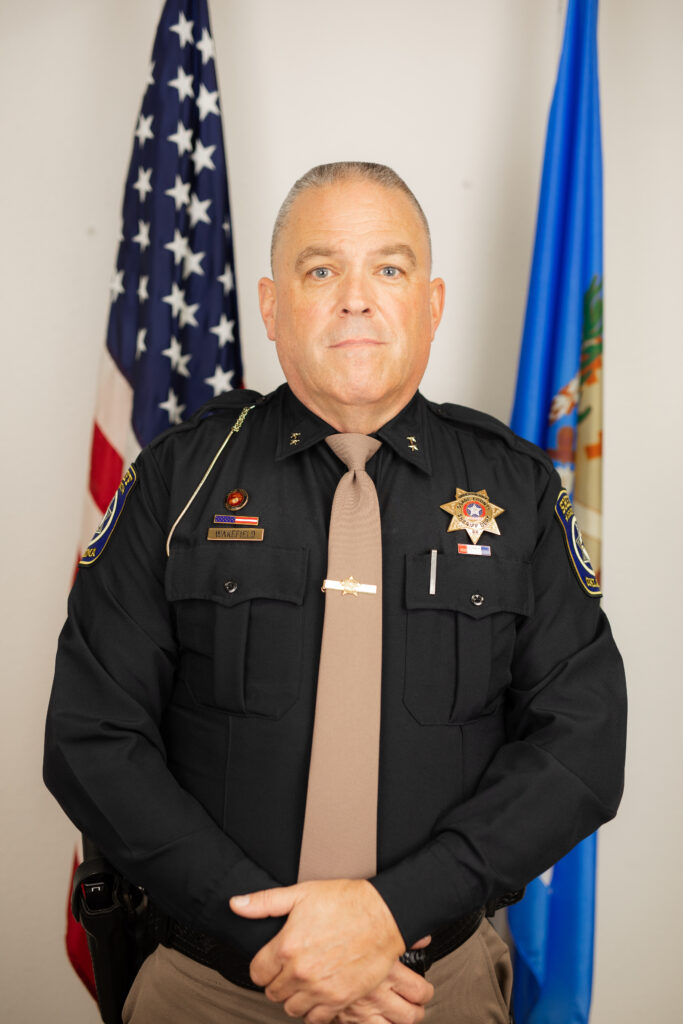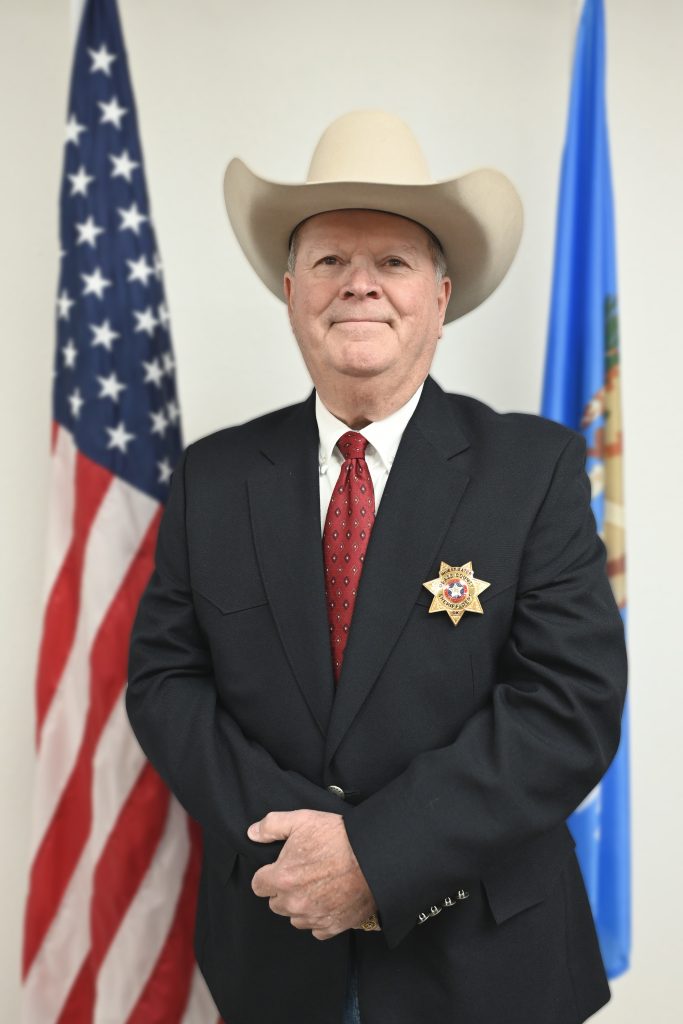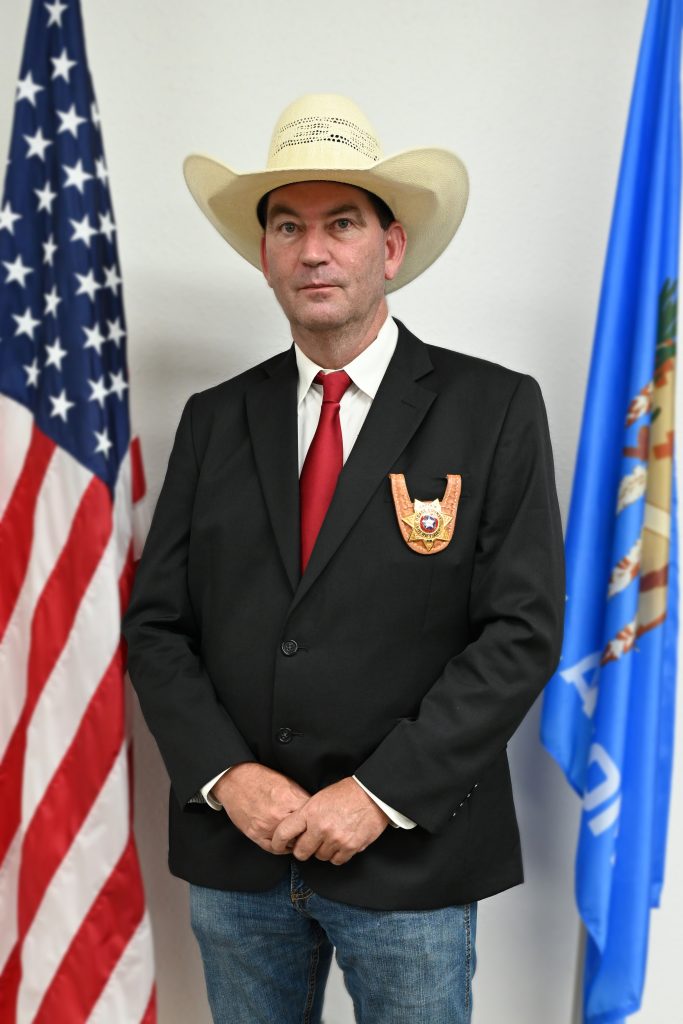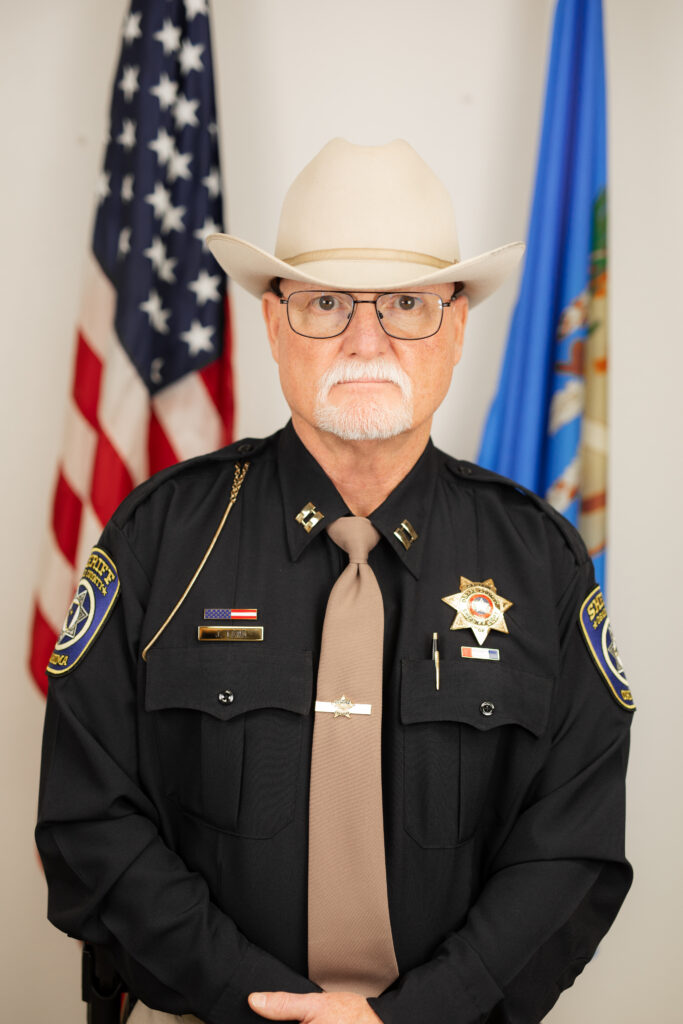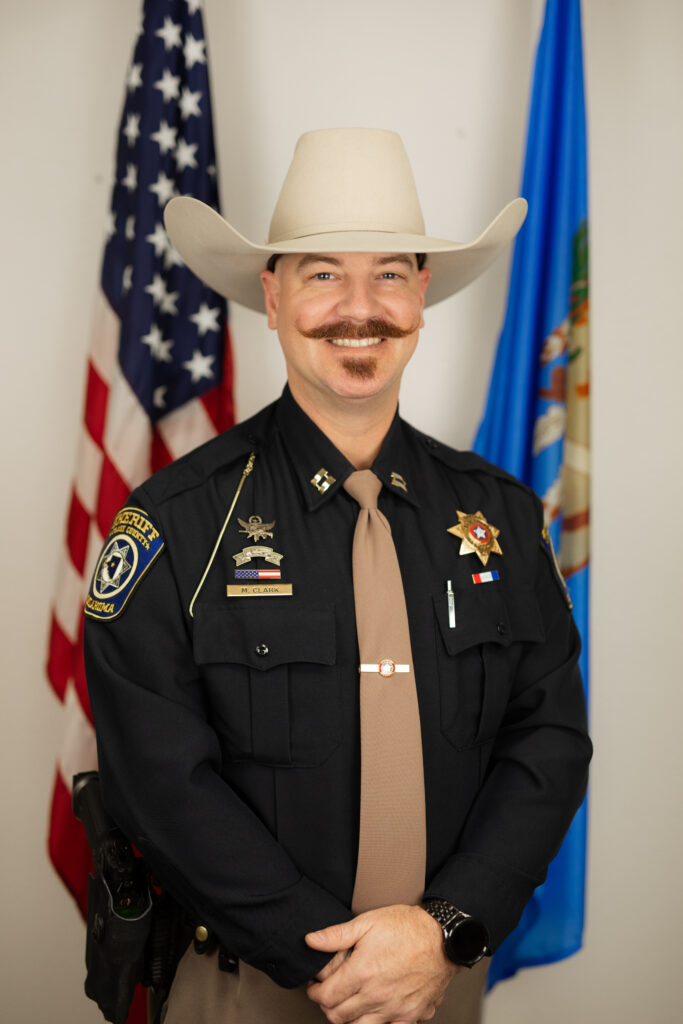Welcome To Osage County
Oklahoma’s Largest County
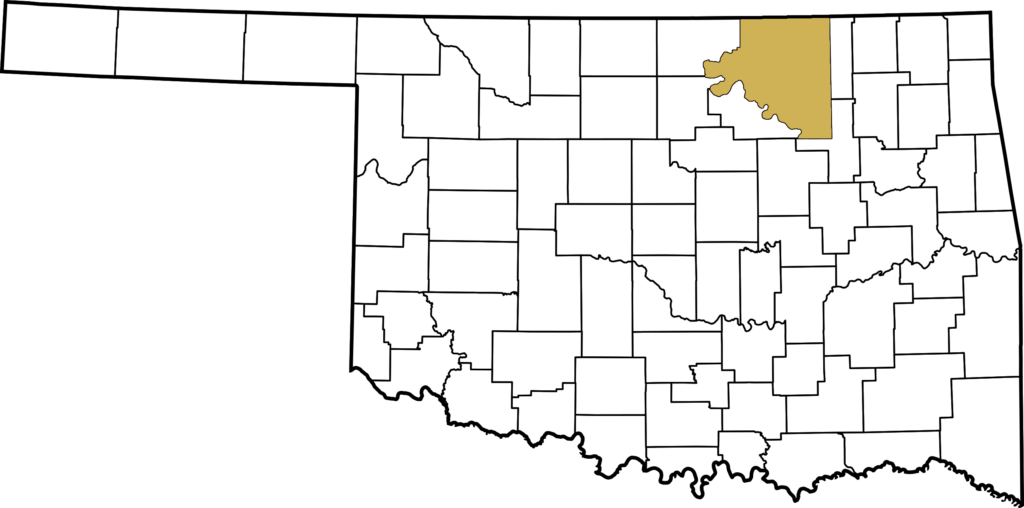
At the Osage County Sheriff’s Office, our mission is to provide a solid foundation on which the residents of Osage County can thrive. We are committed to building public trust and fostering safe, secure communities through professional, high-quality professional law enforcement.
Osage County holds a unique place in Oklahoma’s history and geography. As the state’s largest county by area, it was established in 1907 when Oklahoma gained statehood. The county’s name and heritage are deeply tied to the federally recognized Osage Nation, whose reservation boundaries are coextensive with the county itself. This land became the Osage Nation Reservation in the 19th century following the relocation of the Osage people from Kansas.
The county seat, Pawhuska, is one of the first three towns founded in the county and remains a hub of history and culture. As of the 2020 Census, Osage County had a population of 45,818 residents.
According to the U.S. Census Bureau, the county spans an impressive 2,304 square miles (5,970 km²), with 2,246 square miles (5,820 km²) of land and 58 square miles (150 km²) of water, accounting for 2.5% of its total area. Much of the landscape is part of the Osage Plains, characterized by open prairie, while the eastern portion features the rolling Osage Hills—an extension of Kansas’ Flint Hills. Nature enthusiasts can also explore the renowned Tallgrass Prairie Preserve, located just north of Pawhuska, where remnants of the once-vast tallgrass ecosystem are carefully preserved.









